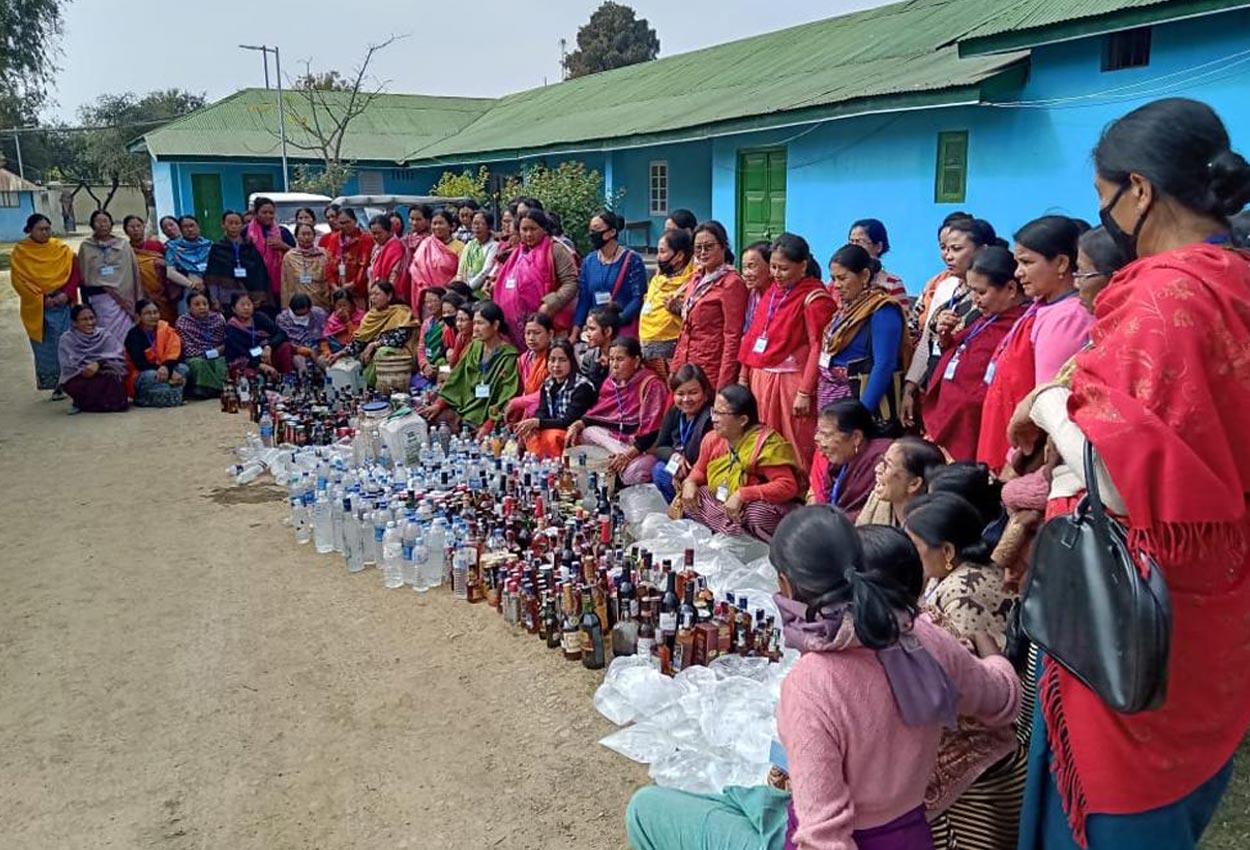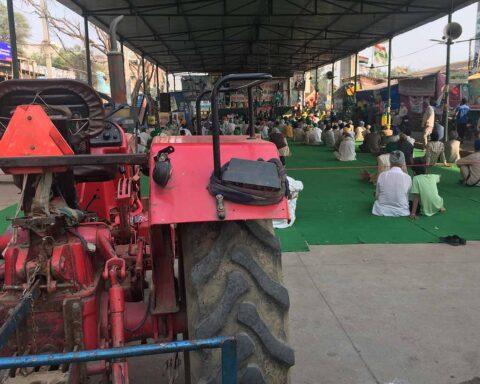After more than three decades, the BJP government of Nongthombam Biren Singh in Manipur has announced partial lifting of prohibition. As an initial step, the state cabinet has allowed production, sale and purchase in areas specified as Greater Imphal, all district headquarters, tourist destinations, armed forces camps, and hotels with a capacity of not less than 20 beds.
The rationale is that years of prohibition have led to non-standardized and spurious liquor being produced and consumed, leading to health hazards such as liver and kidney diseases and, most significantly, a thriving illegal business. Even when it was a “dry state”—referring to the ban on production and sale of alcohol—Manipur was extremely “wet” in the sense that liquor was available in abundance. Almost all street corners turn into drinking spots in the evening after shops are shuttered by 5 or 6 pm, and public transport stops operating due to the “law and order” situation—at least that’s the popular narrative. Simply put, prohibition in Manipur had no meaning and that too is general perception.
Though there has been no major uproar over easing of prohibition, the decision has stirred some debate and discussion. Social media is abuzz over the end of the decades-old practice and many have welcomed the move. Equally, many are indifferent—they say that lifting the poorly implemented ban won’t make much of a difference, since liquor was openly sold in the black market.

Nevertheless, many are not happy. Some powerful civil society bodies like the Women’s Frontal Organisation and the Coalition Against Drugs and Alcohol (CADA) are questioning the rationale of the move and are opposing the ending of prohibition in the state. CADA Secretary General Geetchandra Mangang argues that alcohol is a substance akin to drugs and therefore should be prohibited. “If drug(s) are prohibited, so should alcohol be,” says Mangang. “You are declaring a war on drugs, but lifting prohibition?” He also points out that a large number of families are facing crises due to alcohol abuse. “Domestic violence is one major concern related to liquor abuse.”
Women’s Meira Paibi leader Ema Nganbi is trenchant in her criticism, “We do not want prohibition lifted. Drinking is one of the main things that causes misery for women and their children.” Around 44% of married women between 18 and 49 years in Manipur have experienced physical or sexual violence, according to the National Family Health Survey (NFHS-5) 2019-21 report. While these are reported cases, many more remain unreported. Besides physical assault, mental abuse is rampant. Domestic violence is one of the main reasons for women’s groups coming out to support prohibition in the past as in the current context.
A chequered history
Manipur’s prohibition timeline is well known. Alcohol abuse and alcoholism-related issues led to the formation of vigilante groups led by women like the Nisha Band in the 1970s, which eventually evolved into “Meira Paibis”—which means women torchbearers—which are at the forefront of socio-political movements and have been among the most influential organisations in the state. The Nisha Band gained momentum, pressuring the Manipur government into clamping down on the official sale of liquor in the state. Adding to this movement, the proscribed People’s Liberation Army (PLA) issued an order for prohibition in early 1991.
Senior journalist Yambem Laba recalled that after the announcement of the ban on liquor by the PLA in January 1991, all licensed liquor shops downed their shutters. “The then chief minister, R.K. Ranbir Singh, made the de facto diktat of the PLA a de jure government decision from April 1, 1991, by passing the Manipur Liquor Prohibition Act, 1991.” The state has remained “dry” since then. The Act prohibits manufacture, import, purchase, sale and transportation of liquor.
“The PLA’s prohibition was fairly effective initially in the first few years,” says Laba. Insurgent groups—the PLA being one of the most feared and violent—would regularly round up tipplers and hand out punishment such as shooting a body part, usually a limb. However, over the years, prohibition lost its effectiveness. In fact, there is no dearth of liquor in the state. It can be stated that prohibition is overrated and exaggerated.
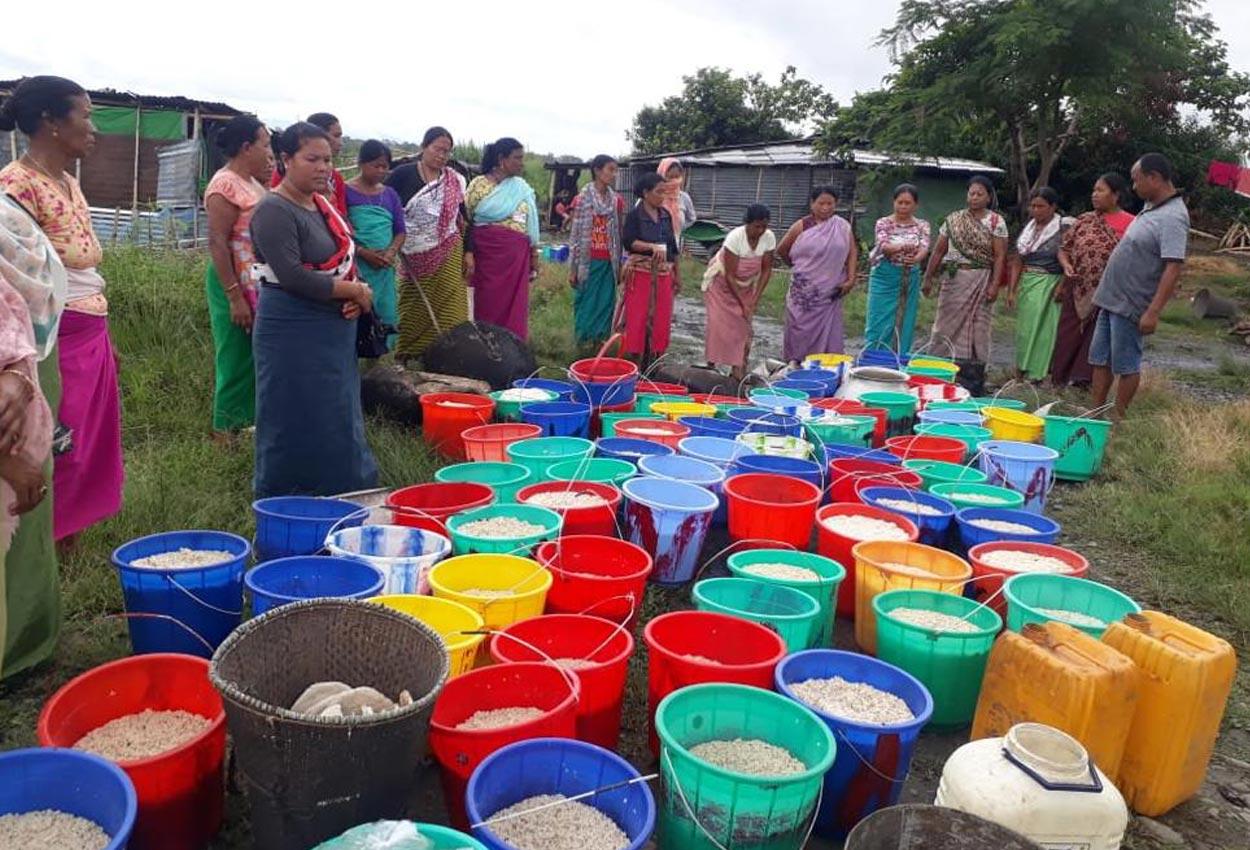
Activists and civil society groups pin the blame for the failure of prohibition on successive state governments. They say that the government never really implemented prohibition in the true sense. The entire liquor trade simply moved to the black market after the 1991 Act came into force. “They (government) did not act; they did not carry out vigils; there were no arrests of bootleggers,” says Nganbi. The CADA secretary general too echoes this. “The state machinery did not properly implement prohibition,” says Mangang, explaining that the entire focus of the state police and Narcotics and Affairs of Borders (NAB) was on stemming the flow of drugs, while illegal sale of liquor went on unhindered. “The government is not really interested in properly implementing prohibition in its true spirit. That is why it was bound to fail.”
Estimates indicate that the legal liquor business is expected to generate ₹300 crore to ₹500 crore annually. This is the revenue the state has been losing out on
Mangang emphasises that usage of both drugs and alcohol has a serious impact on health. He points out that alcohol is categorised as a substance of abuse in the Manipur State Policy on Psychoactive Substances 2019, which mentions the eight categories of psychoactive substances in India—alcohol, cannabis, opiods, cocaine, inhalants, ATS, sedatives and hallucinogens.
Revenue angle – Manipur
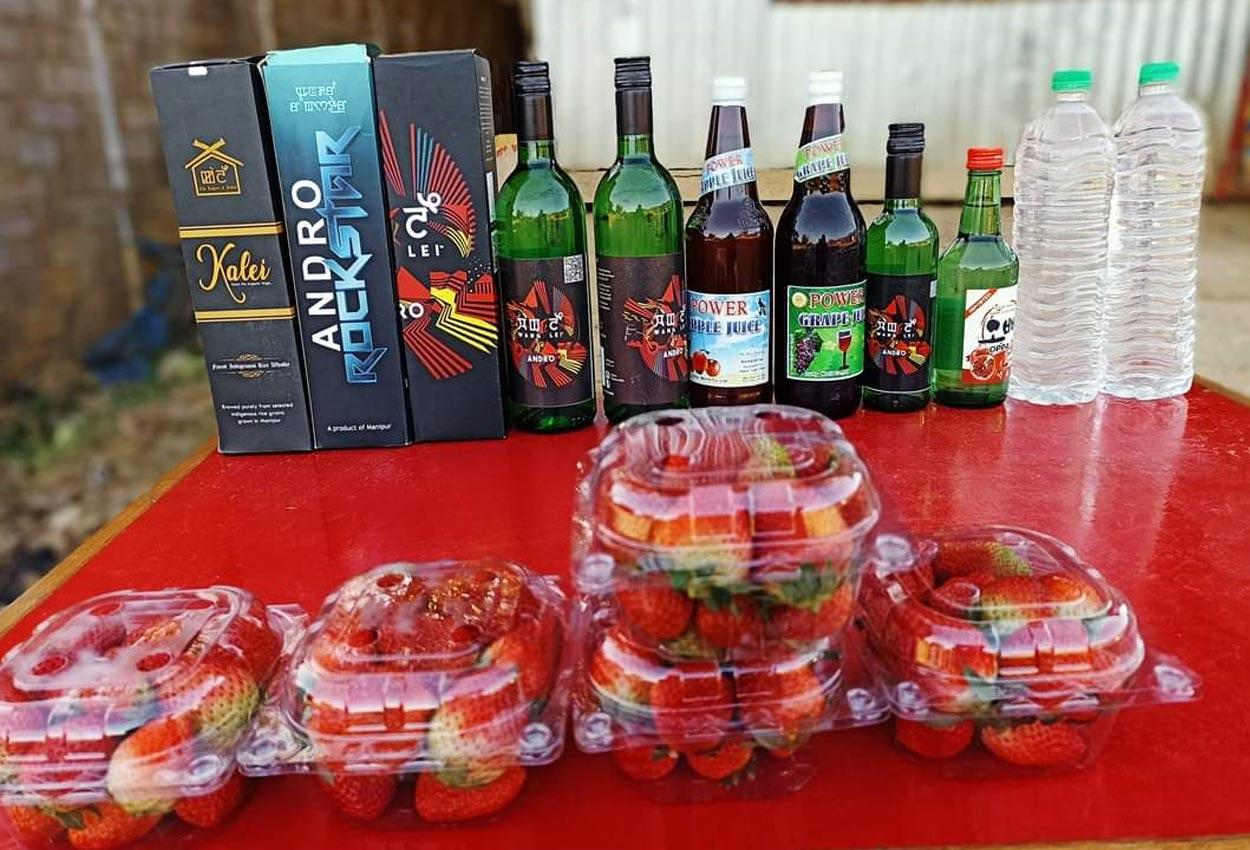
However, taxes from the sale of alcohol are a valuable revenue source for state governments. In states where liquor sale is banned, the government loses revenue in the form of taxes but illegal trade continues, which solely benefits the liquor smuggling mafia. Chief Minister Biren Singh said in the assembly that if the ban was lifted, ₹600 crore to ₹700 crore would flow into the exchequer. Mangang agrees that revenue is an important factor. “But the government claims that it is mainly health reasons relating to the consumption of spurious liquor that is the driving force behind lifting the ban,” he says.
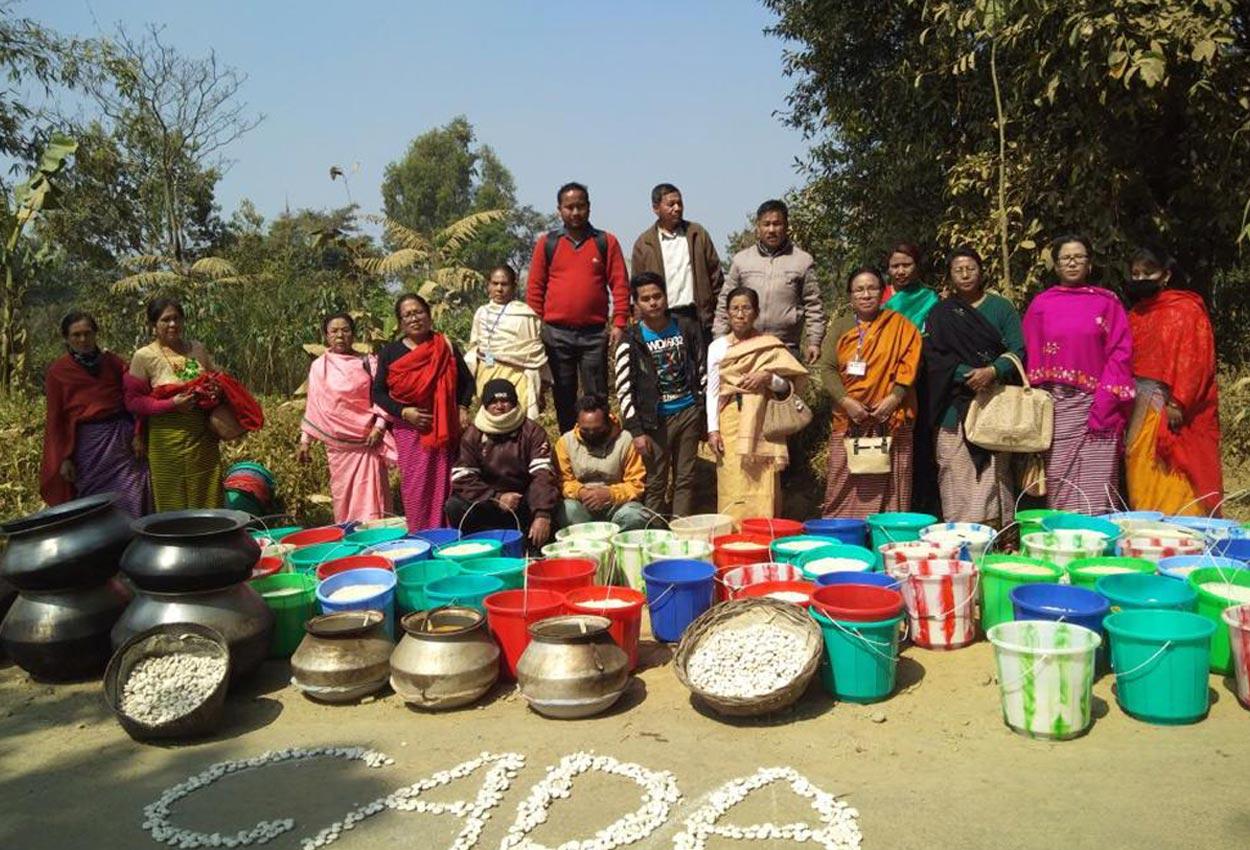
Yambem Laba recalled that after the announcement of the ban on liquor by the PLA in January 1991, all licensed liquor shops downed their shutters
As objections grew louder against the partial lifting of prohibition, the government came up with a draft policy. Among other issues, it states the key objectives: eradication of distillation, transportation, possession, consumption and sale of illicit liquor; restricting the availability of local liquor as well as IMFL (Indian Made Foreign Liquor); reducing the impact of illicit and adulterated liquor on health; reducing the demand for intoxicating drinks; addressing the menace of illegal drugs; generating employment and generating revenue for the state; addressing the problem of the black market in liquor on account of prohibition.
However, CADA rejected the draft liquor policy. “We demand a White Paper on the merits and demerits of the lifting of prohibition,” says Mangang. According to him, the policy has no control or regulating mechanism. The activists argue that before the lifting of the ban, the government must present a proper policy paper in the public domain that will provide clarity on topics like revenue and how ending prohibition will improve health and eradicate social ills. The revenue and employment factors, however, find mention in the draft policy, mainly in terms of production of local alcohol, export, and excise tax.
In Manipur, as in other parts of the Northeast, consumption of local brews has been a long-held tradition. Villages like Sekmai and Andro are familiar to everyone and are tourism attractions for their local brews. Moreover, in tribal belts of the state, local brews have been an integral part of various customs and rites and rituals. With the passage of time, some of these customs have undergone a change and tea has replaced the locally brewed alcoholic drinks. Also, Scheduled Castes and Scheduled Tribes were exempted under the Liquor Prohibition Act of 1991. Nevertheless, the social dimensions of liquor abuse cannot be brushed away.
On the one hand, there is the aspect of revenue from legal sale of alcohol; on the other, there are social issues to contend with. Rough estimates indicate that the legal liquor business is expected to generate ₹300 crore to ₹500 crore annually. In other words, this is the extent of revenue the state has been losing out on due to prohibition. Based on this estimate, it is believed that the size of the black market is at least double the projected revenue of the state.
For example, a popular IMFL brand like Blender’s Pride, which costs ₹1,000 per bottle in neighbouring states, is sold for a minimum of ₹2,000 on the black market in Manipur. It can easily go up to ₹2,500 during festivals or when police raids are expected. There is no fixed pricing, which enables the liquor mafia to book enormous profits from the black market trade. All taxes and excise duties are collected by the state from which liquor is smuggled into Manipur. In comparison, local brew that is distilled in homes is sold for ₹30 to ₹50 for a 100 ml bottle. The dimension of the black market is difficult to estimate due to the absence of official data. That is one of the reasons activists are demanding the government come out with a White Paper, which will delineate the size of the liquor market.
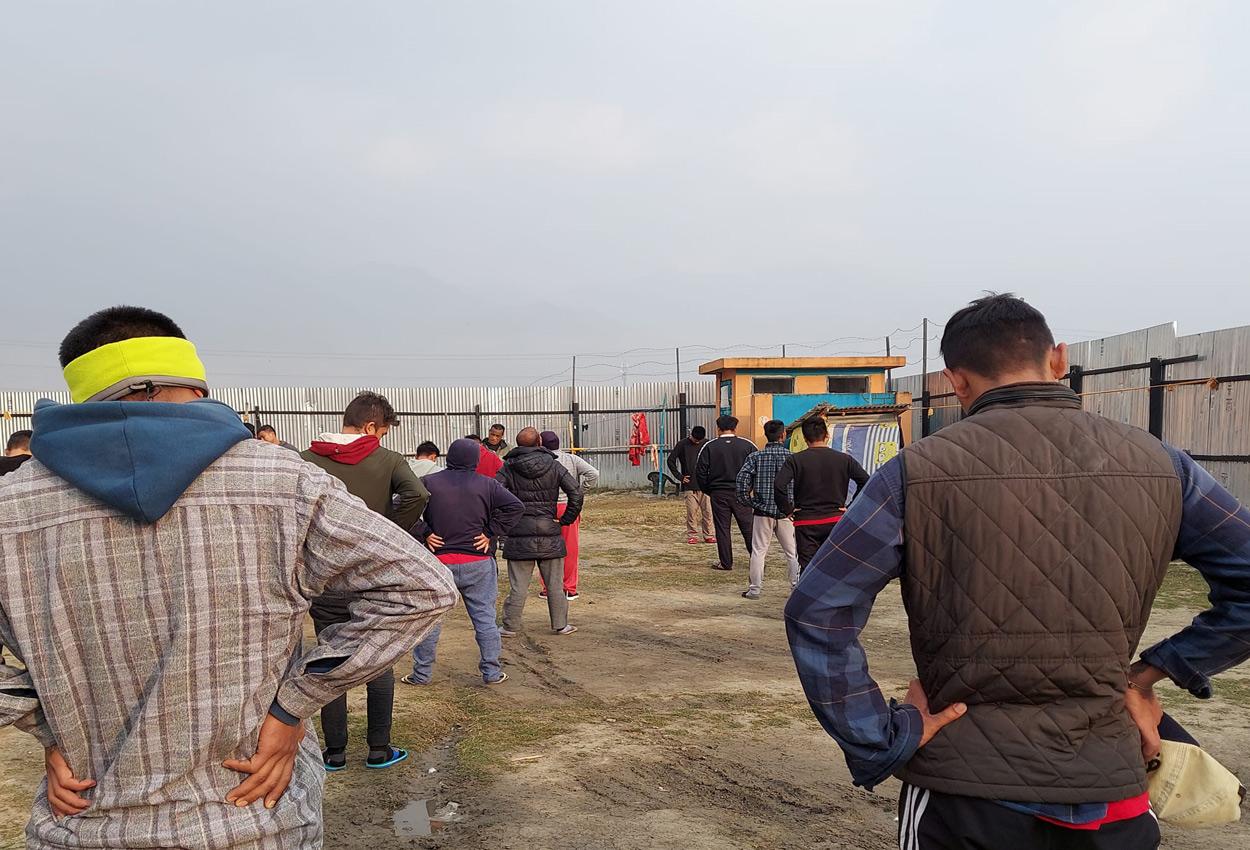
After recovering from substance abuse, Kishorechand Huiningsungbam founded Spiritual Harbour three years ago: a rehabilitation centre in Sekmai, Imphal East, for people who have become dependent on drugs and alcohol. It meets its expenses through fees collected from its residents and provides accommodation, food and treatment to the recovering addicts. “After I recovered, I founded this centre in the hope of helping others,” explains Huiningsungbam, 40. “Currently, we house 37 residents, and we have separate treatment programmes and medication for recovering alcoholics and drug addicts.”
Huiningsungbam believes alcohol too can lead to substance abuse just like other mood-altering substances. He points out that the state’s war on drugs like heroin is against illegal substances, whereas alcohol is legally sold in most parts of the country, and in Manipur, despite it being a dry state, it is freely available in the black market. Huiningsungbam thus believes that prohibition has failed in the state and is unconvinced that partially lifting it will make any substantial difference. “Even with prohibition, we could buy alcohol everywhere easily. Every day, huge quantities of alcohol are smuggled in from neighbouring states like Assam and Meghalaya where it is sold legally. Liquor smuggling is a very big business,” he points out.
After recovering from substance abuse, Kishorechand Huiningsungbam founded Spiritual Harbour: a rehabilitation centre for people who have become dependent on drugs and alcohol
According to activists and social workers, those involved in the smuggling of alcohol into Manipur have benefited immensely in monetary terms, since the price on the black market is always more than in the open market. Huiningsungbam takes a pragmatic view, explaining that social drinkers do not usually become alcohol-dependent. “The problem arises when one abuses it and there are some other factors like stress or family issues that lead to alcohol dependency,” he says. He is, however, of the opinion that lifting prohibition is possibly a better option than the ban. He advocates adopting a systemic approach towards allowing the sale of alcohol in the state.
There are endless examples in India, which show that prohibition has not only been a massive failure but has taken the lives of people who have consumed spurious alcohol sold illegally. The only beneficiaries of the ban have been the people who keep the black market thriving.

